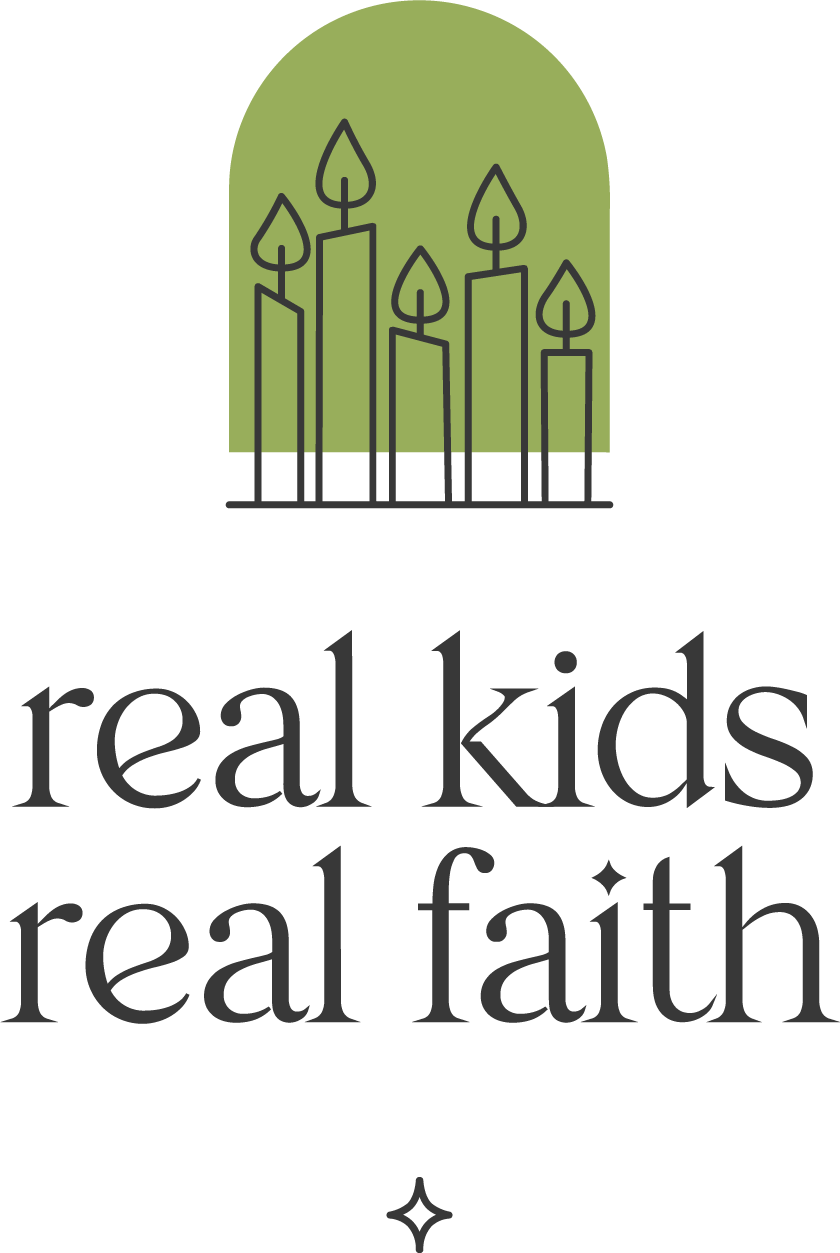Like generations of children before them, my kids would chant, “Rain, rain, go away,” whenever raindrops threatened their outdoor time. They didn’t like being cooped up indoors when they could be running around outside. They wanted to play ball and swing from the monkey bars under sunny skies.
This conventional bias against rainy days prompted author Tim Hopgood to wonder whether anyone welcomes such weather. In his picture book, Sidney the Lonely Cloud, he explores times when rain is welcome rather than shunned. Try one or more of these activities to help children ages 3-8 learn more about drought and the usefulness of rain showers.
Getting bigger. Sidney gets bigger and bigger floating above the ocean. Ask children: Why do you think being over water makes clouds increase in size? Encourage guesses as well as answers based on prior knowledge, then do an online search (see Related Resources) for more information. Then ask: How does getting bigger prepare Sidney to help the earth? What could you do to be an earth helper like Sidney?
Hot spots. After crossing the water, Sidney floats over land that is very hot. The lonely cloud sees lots of animals for whom this hot, dry land is home. Invite children to close their eyes and picture the creatures shown in the book. Encourage them to name as many as they can remember aloud. Then ask: Where in the world might you find ostriches, elephants, zebras, and giraffes? What do you think happens to their habitats when it doesn’t rain for long periods of time?
Cool shade. When Sidney drifts in front of the sun, the cloud creates a shadow that drops the temperature down below. Give children large sheets of paper with a line drawn down the middle. On one side, invite them to draw a picture of themselves outside on a really hot, sunny day. On the other side, invite them to draw themselves outside on a cooler, cloudy day. Talk about what is similar and different about their activities outside in the sun and shade.
Weather emotions. The people and animals in the book express different emotions when they see Sidney. Page back through the book with children, pausing to look at the facial expressions of different characters. Ask: How do you think this person/animal is feeling? Why do you think they feel [emotion] when they see Sidney? How do you feel when it rains? Why do you feel that way?
Analyzing tears. Sidney cries when feeling lonely and sad and also when feeling happy. Invite children to recall a time when they or someone else cried. Encourage them to act out these scenarios and identify reasons why the situation generated tears. Keep track of how many times the tears represent happy vs. sad experiences. Wonder together about why people might cry for such different reasons.

Comments